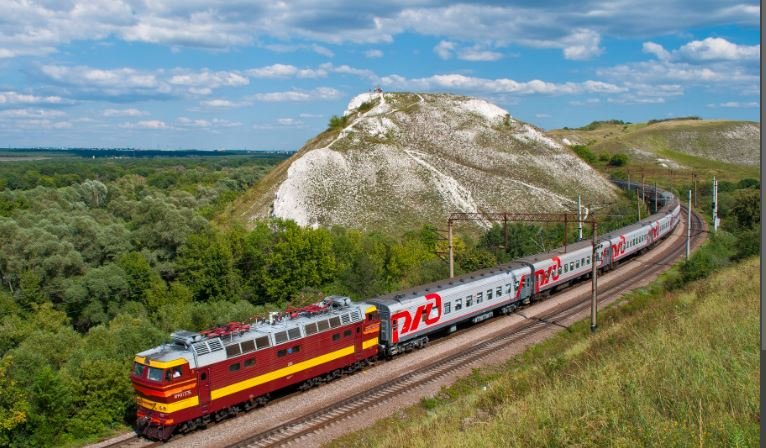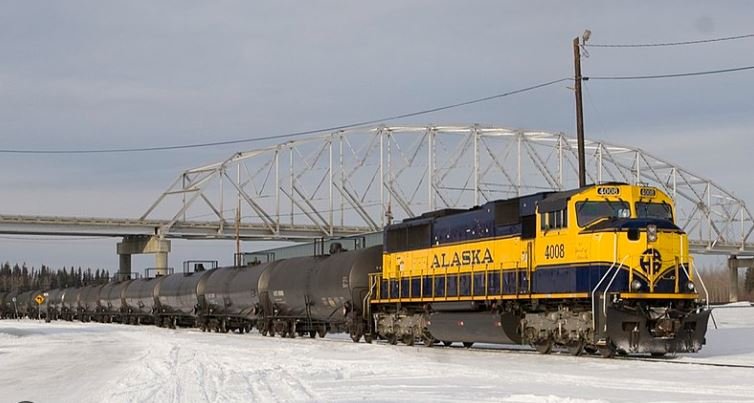Railroads revolutionized global trade by transforming the speed, efficiency, and cost-effectiveness of transporting goods across vast distances. The advent of rail transport in the 19th century reshaped economic landscapes, enabling faster trade and connecting regions that were once isolated. Today, railroads continue to play a critical role in the global supply chain, driving economic growth and facilitating international commerce.

Accelerating the Movement of Goods
Railroads accelerated the movement of goods, drastically reducing the time it took to transport products from one location to another. Before railroads, traders relied heavily on slow and inefficient means such as horse-drawn carriages or waterways that limited accessibility. The introduction of railways allowed for large quantities of goods to be transported rapidly across land, opening up new markets for businesses. For instance, agricultural products, raw materials, and manufactured goods could now reach distant regions within days instead of weeks or months. This increased speed not only enhanced trade but also allowed for perishable goods to be delivered before spoiling, expanding opportunities for international commerce.
Reducing Transportation Costs
Railroads significantly reduced transportation costs, making trade more affordable and accessible. Moving goods by rail was far cheaper than transporting them by road or sea, especially over long distances. The ability to transport bulk goods in large quantities drastically lowered the cost per unit, benefiting both producers and consumers. For example, industries such as coal, steel, and textiles were able to distribute their products more widely and efficiently, driving economic growth. Additionally, railroads reduced the need for labor-intensive forms of transport, which further cut costs and increased the profitability of global trade. The reduced transportation costs fueled an expansion in trade networks and helped connect local economies to the global market.
Connecting Remote Regions to Global Markets
One of the most profound impacts of railroads was their ability to connect remote regions to global markets. Before the construction of railroads, many inland regions remained isolated from major trade routes. Railroads bridged this gap, enabling landlocked areas to participate in international commerce. For instance, the Transcontinental Railroad in the United States connected the East and West coasts, transforming the U.S. economy and facilitating the export of goods to Asia. Similarly, rail networks in Europe and Asia linked industrial centers to ports, allowing goods to be shipped overseas. By integrating remote areas into the global trade system, railroads opened up new economic opportunities and promoted regional development.
Standardizing Trade Practices
Railroads also helped standardize trade practices and logistics, further revolutionizing global commerce. With the development of railroad networks came the need for standardized time zones, schedules, and freight systems. This standardization made trade more predictable and reliable, reducing delays and miscommunication. Additionally, the use of railroads encouraged the development of standardized shipping containers, which made loading and unloading more efficient and reduced the risk of damage to goods. As a result, railroads contributed to the modernization of global logistics and helped streamline international trade practices.
Supporting Industrialization and Economic Growth
Railroads supported industrialization and spurred economic growth on a global scale. The construction of rail networks required vast amounts of resources such as steel, wood, and labor, creating jobs and boosting industries. Moreover, railroads facilitated the mass production and distribution of goods, allowing industries to scale up and meet the demands of growing markets. For example, the expansion of railroads in Europe during the Industrial Revolution enabled manufacturers to ship their products to distant markets, leading to increased production and higher profits. By stimulating industrialization and trade, railroads played a key role in the economic development of nations around the world.
Conclusion
In conclusion, railroads revolutionized global trade by accelerating the movement of goods, reducing transportation costs, connecting remote regions, standardizing trade practices, and supporting industrialization. The impact of railroads on global trade continues to be felt today as they remain a vital component of the international supply chain. As global trade evolves, railroads will continue to play a crucial role in shaping the future of commerce and economic growth.



